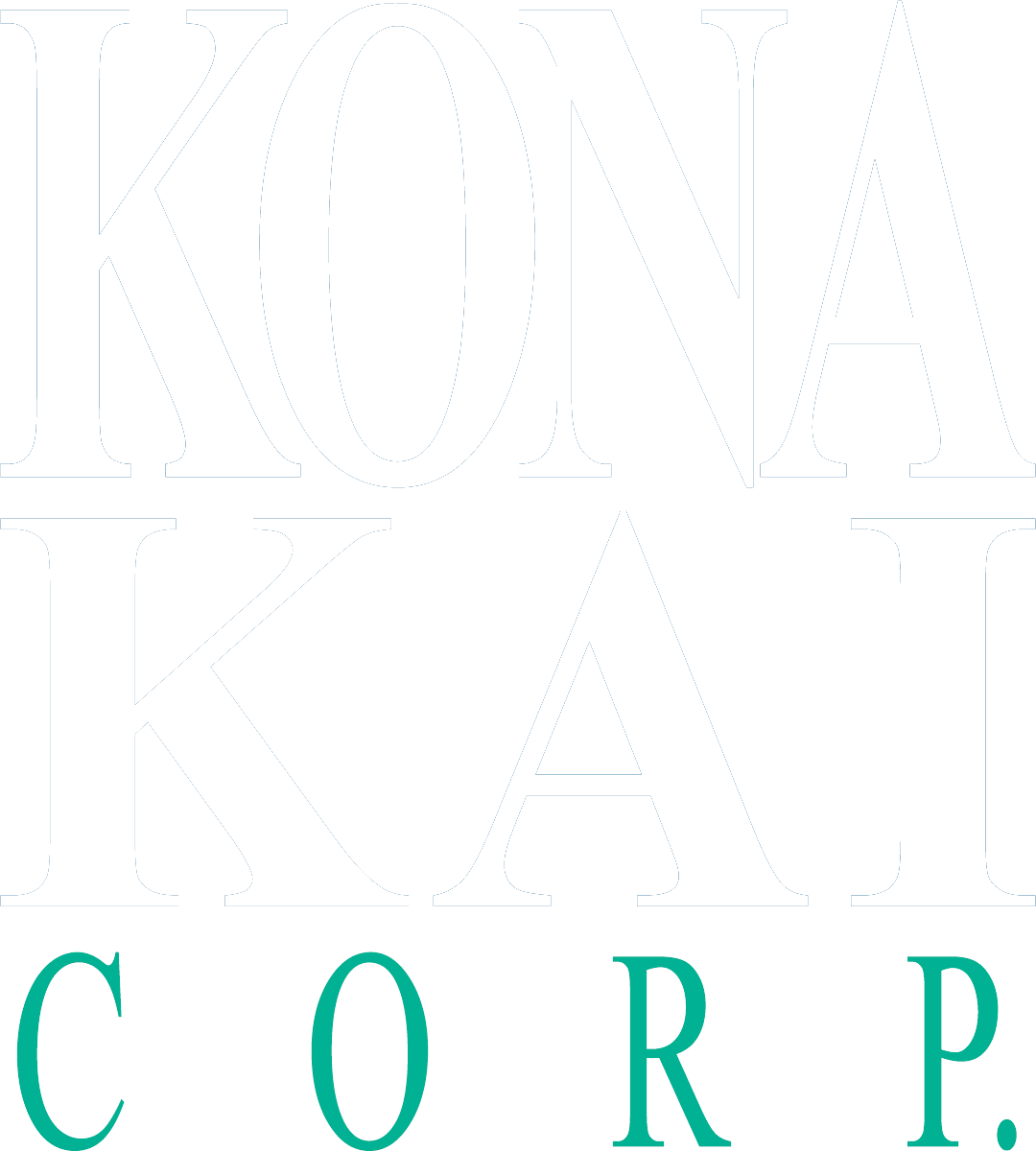Common CRM Challenges in 2025 (and How to Solve Them!)
A Customer Relationship Management (CRM) system is a must-have for any business and offers numerous benefits to organizations of all sizes. It helps streamline sales and marketing efforts, improves customer service, and provides valuable insights into customer behavior. With a CRM system in place, you can effectively manage your customer interactions, track leads, and nurture relationships. Additionally, a CRM system allows you to automate repetitive tasks, saving time and increasing productivity. Leveraging the power of a CRM can enhance customer satisfaction, drive revenue growth, and gain a competitive edge in the market.
But implementing and successfully utilizing a CRM system can come with its fair share of challenges. By understanding and addressing common challenges head-on, you can optimize your CRM investment and unlock its full potential. From fostering user adoption to managing data quality and integrating with existing systems, each challenge presents an opportunity for growth and improvement.
Follow the strategies outlined in this article to overcome common obstacles and achieve CRM success. Remember, a well-implemented CRM system can revolutionize your business operations, enhance customer satisfaction, and drive sustainable growth. Embrace the challenges, invest in the right solutions, and embark on a journey towards CRM excellence.
Common CRM Challenges in 2025 and Proven Solutions
Here are the top challenges you’re likely to encounter while using a CRM and strategies to help you mitigate them.
Challenge 1: Data quality and management
One of the most significant challenges businesses face with a CRM is maintaining data quality and management. Inaccurate or incomplete data can lead to misguided decisions and missed opportunities.
Solution
- Regular data cleansing: Start by conducting regular data cleansing exercises to identify and rectify any inaccuracies or duplicates. Use data cleansing tools to automate this process and ensure data accuracy.
- Data validation: Implement data validation rules to ensure that only accurate and complete data is entered into your CRM. This can include mandatory fields, data format checks, and validation rules specific to your business needs.
- Data governance: Establish clear data governance policies and procedures to define roles, responsibilities, and guidelines for data entry, processing rules (e.g., survivorship or system of record), frequency, maintenance, and updates. This will ensure consistency and integrity of data across the organization. Additionally, encourage employees to take ownership of the data by providing them with the necessary training and resources to maintain data quality.
By implementing these strategies, you can improve data quality and ensure that your CRM is a reliable source of information for your business.
Challenge 2: Lack of configuration and flexibility
Every organization has unique requirements and processes, and your CRM will most likely not be configured out-of-the-box to meet all your needs. Lack of flexibility can limit the effectiveness of your CRM.
Solution
- Configurable fields and workflows: Take advantage of configurable fields and workflows that align with your business processes. This will allow you to capture and track specific data points that are relevant to your operations while maintaining the integrity of the solution purchased
- Integration with third-party apps: Explore integrations with third-party applications. This will give you the flexibility to extend the functionality of your CRM by leveraging additional tools and services.
- Work with CRM consultants: If your current CRM lacks the necessary configuration, consider working with CRM consultants and experts who can help tailor the system to meet your specific needs. They can provide insights and guidance on how to optimize your CRM for maximum efficiency, leveraging solution-based and industry best practices.
By configuring your CRM system to fit your unique business requirements, you can maximize its potential and ensure that it aligns with your processes and workflows.
Challenge 3: Integration and compatibility with existing systems
Many businesses struggle to integrate their CRM with other software or platforms, leading to data silos and inefficiencies.
Solution
- Identify integration requirements: Start by identifying the specific systems or platforms that need to be integrated with your CRM. Analyze the data flow and determine the integration points to ensure smooth data transfer.
- Select integration tools: Research and select integration tools or platforms that offer pre-built connectors or APIs to facilitate the integration process. Look for tools that are user-friendly and provide customizable options to meet your business requirements.
- Test and validate: Before implementing the integration, thoroughly test and validate the data flow between systems. Create comprehensive data maps that align the source system data to its counterpart within the CRM. This will help identify any potential issues or data discrepancies early on and allow for necessary adjustments.
By integrating your CRM with existing tools, you can centralize data and streamline workflows, ultimately improving overall efficiency and productivity to solve CRM integration challenges in 2025.
Challenge 4: Lack of user adoption and resistance to change
Another common challenge businesses face is poor user adoption. Despite investing in a CRM, employees may resist using it or not fully utilize its features. This can result in reduced productivity, wasted resources, and diminished ROI.
Solution
- Communicate the benefits and involve employees: Start by involving employees early in the decision-making process and clearly communicate the benefits of using a CRM. Highlight how the system can simplify their daily tasks, improve collaboration, and enhance customer relationships. Encourage feedback, both good and bad, and keep employees informed of modifications made as a result of their input. By involving employees from the start, you can create a sense of ownership and foster a culture of CRM usage within your organization.
- Create user adoption incentives: Consider setting up incentives and rewards to encourage user adoption and recognize employees who actively use and contribute to the CRM. This can include recognition programs, rewards for achieving specific CRM-related goals, or gamification elements to make the CRM usage more engaging and enjoyable.
Implementing these user adoption strategies can lead to increased CRM adoption rates in 2025.
Challenge 5: Inadequate training and support
Insufficient training and support can hinder the successful implementation and utilization of a CRM. Without this, employees may struggle to utilize it effectively.
Solution
- Comprehensive training programs: Develop comprehensive training programs that cover not only the basics of using the CRM, but also advanced features and functionalities. Offer both in-person and online training options to cater to different learning styles and preferences. Ensure training is geared toward role-specific needs.
- Ongoing support and resources: Provide ongoing support and resources such as user manuals, video tutorials, and a dedicated helpdesk or support team. Encourage employees to reach out for assistance whenever they encounter any issues or have questions.
By investing in comprehensive training and ongoing support, you can ensure that employees are equipped with the necessary skills and knowledge to leverage the CRM effectively.
Solving CRM Challenges: Additional Strategies for Success
Now that we have discussed some of the common CRM challenges and their solutions, these additional strategies can help you overcome obstacles and achieve CRM success:
- Set clear goals and objectives: Clearly define your CRM goals and objectives before implementing the system. This will help you align your CRM strategy with your overall business strategy and ensure that the system serves its intended purpose.
- Involve key stakeholders: Involve key stakeholders from different departments or teams in the CRM implementation process. Their input and perspectives can provide valuable insights and help ensure that the system meets the needs of the entire organization.
- Regularly review and update: Continuously review and update your CRM to ensure it remains aligned with your evolving business needs. Regularly assess the system's performance, gather user feedback, and make necessary adjustments to optimize its functionality.
Turning CRM obstacles into opportunities with Kona Kai
Hiring the right partner ensures your IT investment and innovation is far more than bells and whistles. Kona Kai Corp is a boutique consulting firm that offers a tech-agnostic approach, tailoring solutions to your unique needs for maximum results. With nearly 20 years of experience across numerous industries, our partnering approach is a proven part of our success and yours. Our team brings expertise in process and data mapping, ensuring seamless integration with your existing systems, along with change management, to minimize disruption and provide your team with clear direction. Beyond implementation, we act as trusted advisors, providing comprehensive support to prepare and empower you for sustained success. Our focus on process design and ongoing optimization results in powerful change and self-sufficient transformation.












